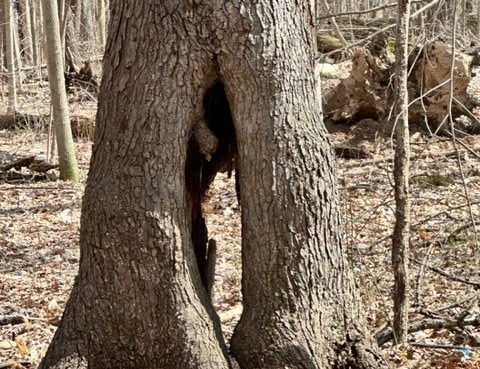Tree Risk Assessment

A Tree Risk Assessment is a standardized, systematic process for assessing tree risk and providing information to tree owners and risk managers when making decisions that will promote the safety of people and property and enhance tree benefits, health, and longevity.
The ISA Tree Risk Assessment Qualification (ISA TRAQ) is a voluntary qualification program designed to train and assess candidates in a specialized field of arboriculture. When a professional earns the ISA TRAQ credential, they should be recognized by their peers and the public as a tree care professional who has specialized knowledge in tree risk assessment. To earn the qualification, eligible candidates must complete a training course, and pass both a comprehensive written assessment and a performance-based assessment. To maintain the qualification, current credential holders must retrain and retest every five years.
The program offers tree care professionals the opportunity to learn a standardized, systematic process for assessing tree risk and providing information to tree owners and risk managers when making decisions that will promote the safety of people and property and enhance tree benefits, health, and longevity. Upon successful completion of the program, qualified professionals:
- are proficient with the fundamentals of limited-visual and basic tree risk assessment, as defined in ISA’s Best Management Practices: Tree Risk Assessment;
- understand the principles of advanced diagnostic techniques for assessing tree risk;
- know how to gather and synthesize information needed to assess tree risk; and
- can make reasoned judgments and recommendations for mitigating identified risk.
Tree risk assessment is an. important part of a program to determine if a tree. is structurally sound or has the potential for failure. Inspections show that the tree owner is actively. managing their trees and could reduce the owner's.